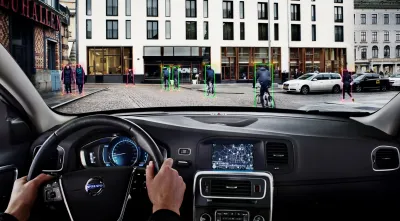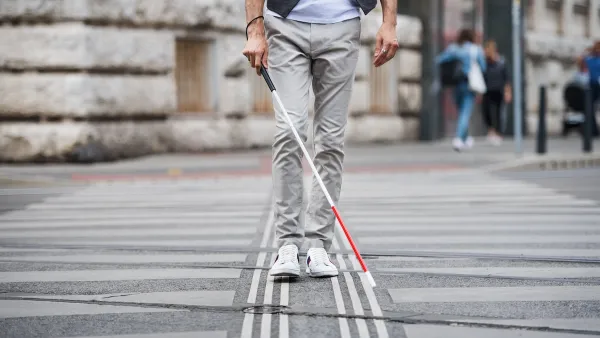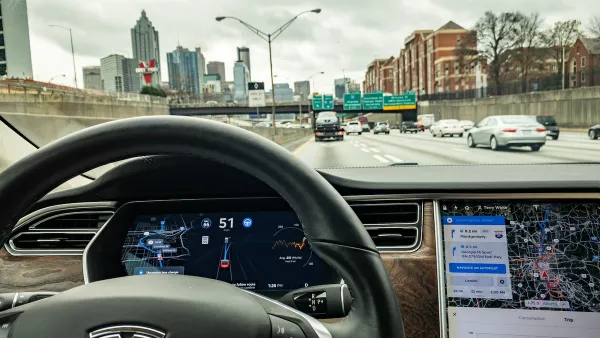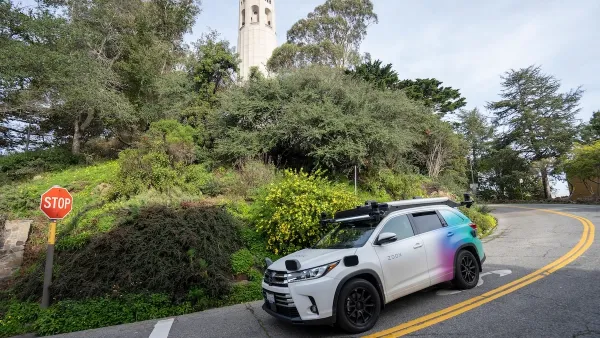The automated decision-making processes of self-driving cars are ill equipped to protect that safety of people of color in public.

"If you’re a person with dark skin, you may be more likely than your white friends to get hit by a self-driving car," reports Sigal Samuel.
That's the finding of a new study [pdf] by researchers at the Georgia Institute of Technology report that analyzed autonomous vehicles footage from New York City, San Francisco, Berkeley, and San Jose. Samuel explains the study in more detail:
The authors of the study started out with a simple question: How accurately do state-of-the-art object-detection models, like those used by self-driving cars, detect people from different demographic groups? To find out, they looked at a large dataset of images that contain pedestrians. They divided up the people using the Fitzpatrick scale, a system for classifying human skin tones from light to dark.
The researchers then analyzed how often the models correctly detected the presence of people in the light-skinned group versus how often they got it right with people in the dark-skinned group.
The results of the study are concerning, to say the least.
Detection was five percentage points less accurate, on average, for the dark-skinned group. That disparity persisted even when researchers controlled for variables like the time of day in images or the occasionally obstructed view of pedestrians.
Samuel ties the problem to the record of algorithmic bias—human bias influencing the results of automated decision-making systems. The human failure behind the machine's failure also implies potential solutions to the problem.
FULL STORY: A new study finds a potential risk with self-driving cars: failure to detect dark-skinned pedestrians

Analysis: Cybertruck Fatality Rate Far Exceeds That of Ford Pinto
The Tesla Cybertruck was recalled seven times last year.

National Parks Layoffs Will Cause Communities to Lose Billions
Thousands of essential park workers were laid off this week, just before the busy spring break season.

Retro-silient?: America’s First “Eco-burb,” The Woodlands Turns 50
A master-planned community north of Houston offers lessons on green infrastructure and resilient design, but falls short of its founder’s lofty affordability and walkability goals.

Test News Post 1
This is a summary

Analysis: Cybertruck Fatality Rate Far Exceeds That of Ford Pinto
The Tesla Cybertruck was recalled seven times last year.

Test News Headline 46
Test for the image on the front page.
Urban Design for Planners 1: Software Tools
This six-course series explores essential urban design concepts using open source software and equips planners with the tools they need to participate fully in the urban design process.
Planning for Universal Design
Learn the tools for implementing Universal Design in planning regulations.
EMC Planning Group, Inc.
Planetizen
Planetizen
Mpact (formerly Rail~Volution)
Great Falls Development Authority, Inc.
HUDs Office of Policy Development and Research
NYU Wagner Graduate School of Public Service




























